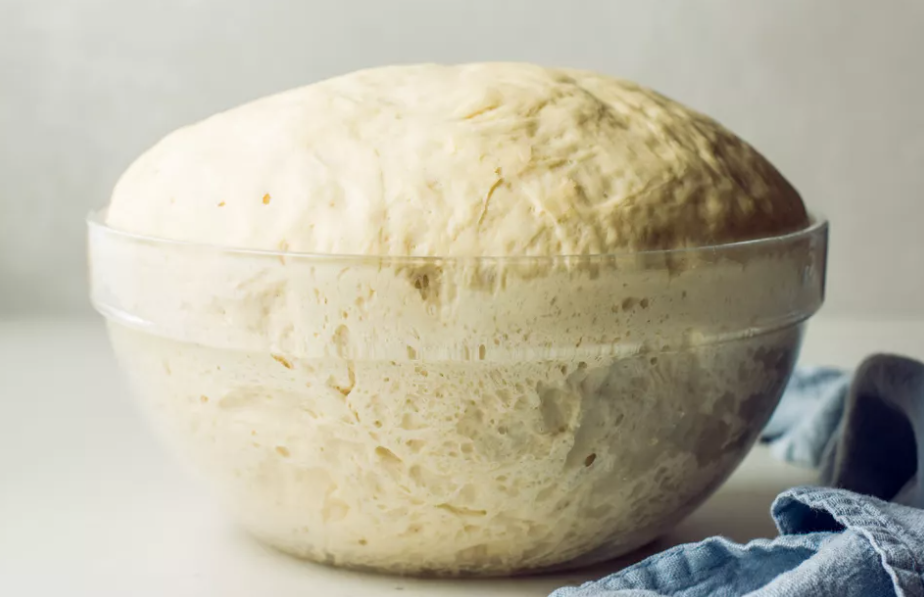How does yeast make bread rise?
Yeast are a single-celled, microscopic fungi that are essential for many kinds of bread making. These little living creatures produce gas which is used to raise, or leaven, bread.
Yeast are common microorganisms. There are likely more than 160 species of yeast, and many of them live all around us. While we tend to think of microorganisms like yeast as creatures that cause infection and disease, some microorganisms can be beneficial, too. Yeast specifically are well-known for their use in bread making.
Saccharomyces cerevisiae or “baker’s yeast,” is the species of yeast that is most frequently used to make bread. It’s also the type of yeast you can buy dried in packets at many grocery stores. Other species of yeast and even bacteria can play a role as well (especially in sourdough bread) but overall the way yeast contribute to bread making is the same.
In bread dough, the yeast that are added are alive, and they leaven bread through the normal processes they use to get energy from their environment. First, yeast release enzymes (proteins that facilitate reactions) to convert the flour starch into sugar. Then they take up the sugar into their cells and metabolize it, or break it down. Yeast break down sugar using aerobic respiration as well as fermentation. These two processes allow yeast to get energy from the sugar molecules, and also produce waste products: carbon dioxide gas and ethanol.
These molecules may be “waste products” to the yeast, but are actually exactly what makes bread rise. Carbon dioxide gas would ordinarily be released into the air, but in bread dough, yeast are surrounded by gluten. Gluten is a protein that forms when flour and water mix, giving dough its strength and stretch. The gas produced by the yeast gets trapped by these stretchy proteins and pushes the dough upward.
When bread is put into the oven, it rises even more. Any ethanol produced by yeast becomes a gas when heated, adding to the rise of the dough. Heat also makes molecules move faster and gas expand. In this way, the oven makes all bubbles of gas grow larger inside the dough, pushing the dough up further.
The combination of gas produced by the yeast, the strength of the gluten, and heat from the oven come together to make bread rise. Bread bakes for long enough that it will eventually get too hot for yeast to survive. However, the holes you can see in slices of this kind of bread are evidence of the gas once produced by the yeast.
This is just one example of the role microorganisms can play in the kitchen. Other kinds of fungus and bacteria are used to make everything from cheese and soy sauce to pickles and yogurt.
Picture Source: thespruceeats.com

